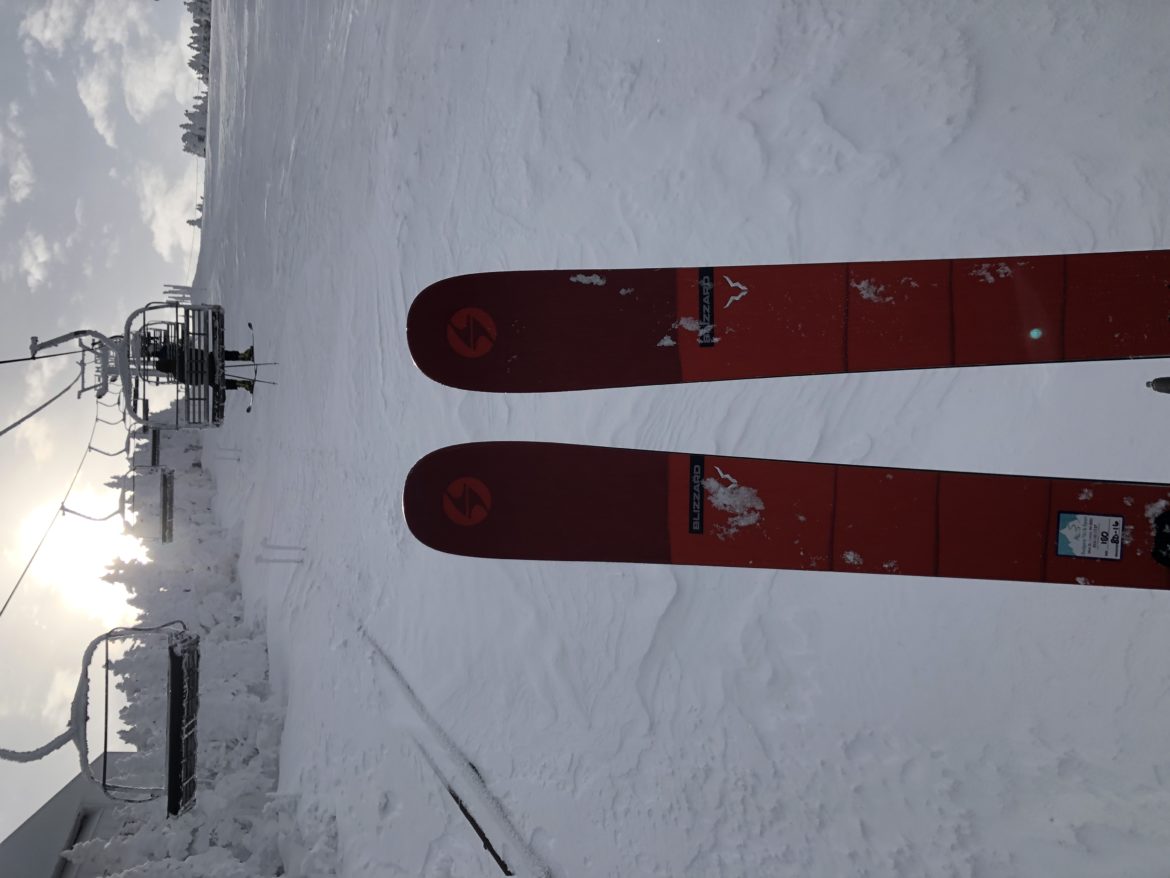By PAULA TRACY, InDepthNH.org
CONWAY – Ski resorts are used to the uncontrollable and this year, as they test out their snowmaking equipment, check their water reservoirs, hire lift operators and wait for the temperature to drop, they have a new factor to contend with: COVID-19.
The industry shut down abruptly in March and is now working with the state’s guidance, creating their own sets of rules and working to educate their future guests to “know before you go,” often with the expectation that they will need to make a reservation to ski on weekends and holidays and change their normal behavior to prevent the spread of the virus.
Exacerbating the uncertainty of the situation is the fact that neighboring Vermont has essentially shut down all out-of-state skiing for now, due to the fact that it has lower coronavirus numbers than the rest of the country. Vermont has twice the annual skier visits as New Hampshire.
That could mean added out-of-state pressure on New Hampshire’s resorts from people who would normally ski in the Green Mountain State.
Usually, Vermont sees many more New York and Connecticut skiers and riders than New Hampshire, whose core clientele come mainly from Massachusetts, Rhode Island, and in-state.
Vermont will require a 14-day quarantine, or a seven-day and negative COVID-19 test to ski there from anywhere else.
New Hampshire only limits visitors from outside New England, currently, and requires a 14-day quarantine prior to coming here for all non-essential travel.
In Vermont, contact tracing information will be collected by resorts, and those who violate this quarantine would lose their pass and the ability to ski or ride in Vermont in the future. New Hampshire is not going that far.
Vermont announced the rules this week and provided $2.5 million for its resorts to help soften the blow expected from an expected lack of business from out-of-state.
“The guidance aims to provide skiers and riders the safest skiing and riding. It aims to ensure the health and safety of the thousands of Vermonters who work in the industry,” said Ted Brady, deputy secretary of the Vermont Agency of Commerce and Community Development according to the Burlington Free Press this week.
Jessyca Keeler, president of Ski New Hampshire, the statewide organization that represents most of the state’s ski resorts, said she has spoken in the past few weeks to many of the general managers of New Hampshire resorts on a weekly call, and she said that New Hampshire ski areas have been putting their own capacity limitations into place for the protection of their staff and guests for the coming winter.
Some ski areas hope to be open by the end of this month weather permitting. Each will have its own rules.
“Our resorts have been working for months and looking at the state’s ski area guidance to determine how many people they can safely allow indoors at any one time and how to adapt their operations inside and out.
“As such, regardless of how other states are handling out-of-state visitors this winter, it is critical that people who want to visit a New Hampshire ski area remember to plan ahead and know before they go, because there may be times when areas reach a capacity limit over which no additional skiers will be allowed onsite.
She said buying online in advance will be “the best way to guarantee one’s opportunity to ski,” and this is particularly encouraged for popular periods such as the holidays or long weekends.
“This is just as important for New Hampshire ski areas as it is for ski areas in other states throughout the Northeast,” Keeler said.
Maine has not established a statewide ski resort guidance to date but each ski area is developing its own capacity and rules mostly impacting indoor activity.
Sunday River, for example, shows on its website that skiers and riders will be expected to wear a mask even while they ski, while most ski areas in the region will expect that a mask be worn everywhere but the trail and when they are eating or drinking.
Sugarloaf in Maine will not allow people to leave their personal belongings in the lodge. Some resorts are handling guidance based on ownership.
For example, in New Hampshire, Vail Resorts now operates Mount Sunapee, Wildcat, Attitash, and Crotched Mountain and have developed a list of guidelines and limitations on the capacity at each ski area, with a preference given to those who hold season passes.
The mantra for the season, Keeler said, will be for guests to do their homework for a specific ski area before they go and to know what will and will not be allowed. Otherwise, they might find themselves being turned away.
Things will change, that is for certain.
Many ski areas will not allow people to bring in their personal items to store in the lodge, will limit capacity on the shuttle buses from the parking lot, encourage on-line sales of passes and contact-free sales, require masks be worn indoors, in the lift line and on the lifts, will not allow people who are not at the resort together to ride the lift together, will limit the size of lessons and activities and will move toward offering outdoor seating, grab-and-go lunch options, port-a-potties and limit the numbers allowed in a lodge to 50 percent capacity.
They will also add to hold-harmless clauses contracting COVID-19 in addition to the list of existing things that can happen to people at the resort, including broken bones and torn ligaments.
To help prepare guests for the COVID-19 winter, SKI NH has developed a resource page for skiing this winter at https://www.skinh.com/covid-19-consumer
